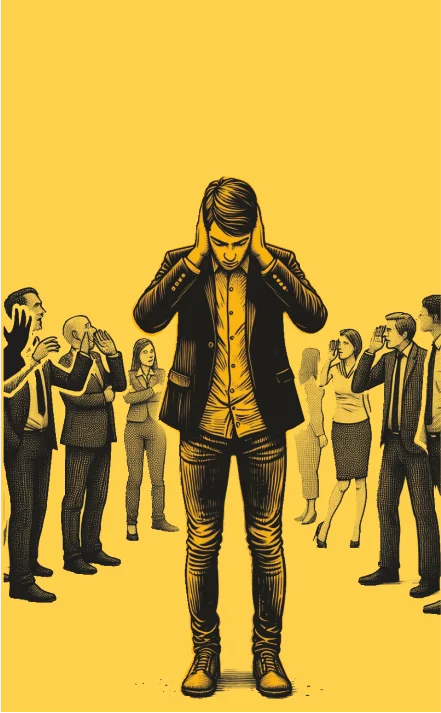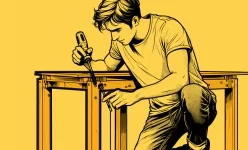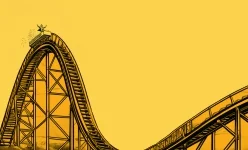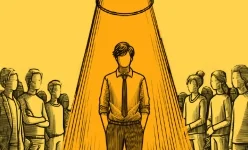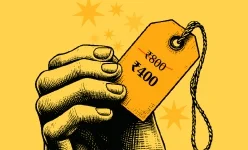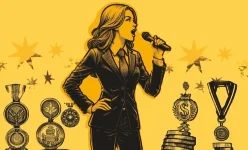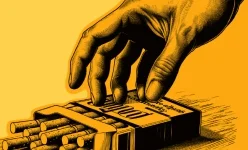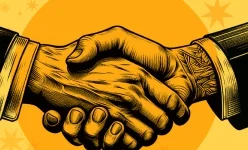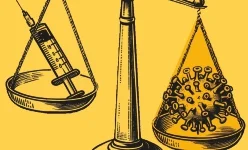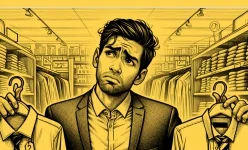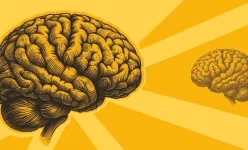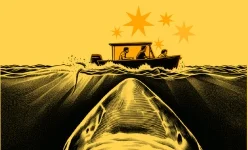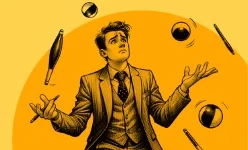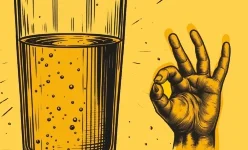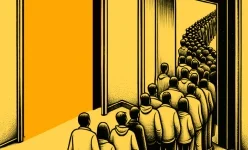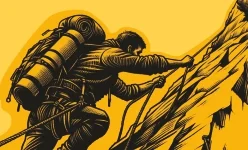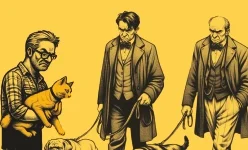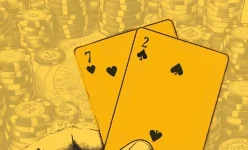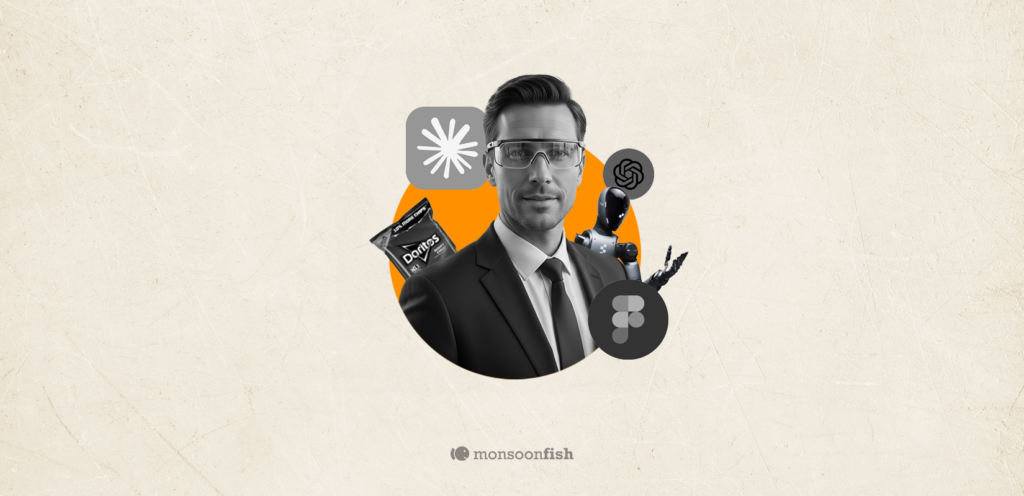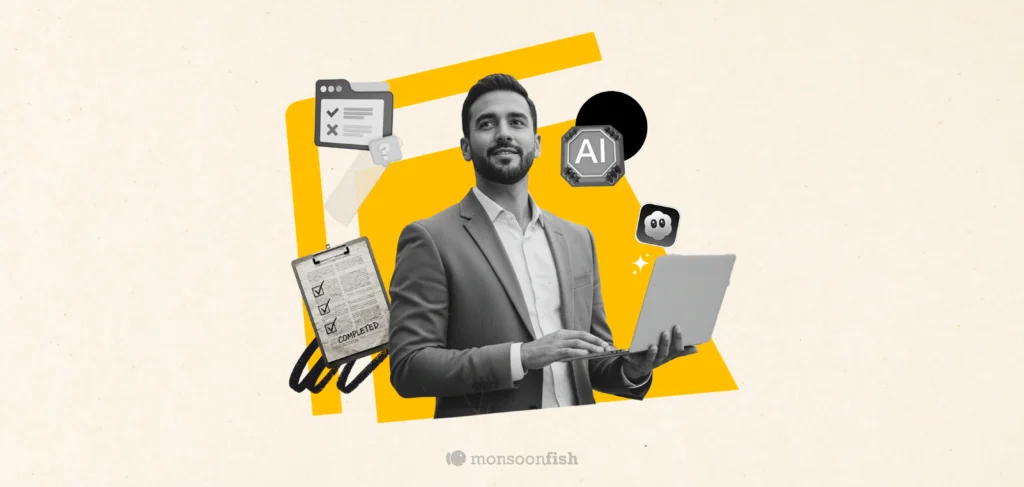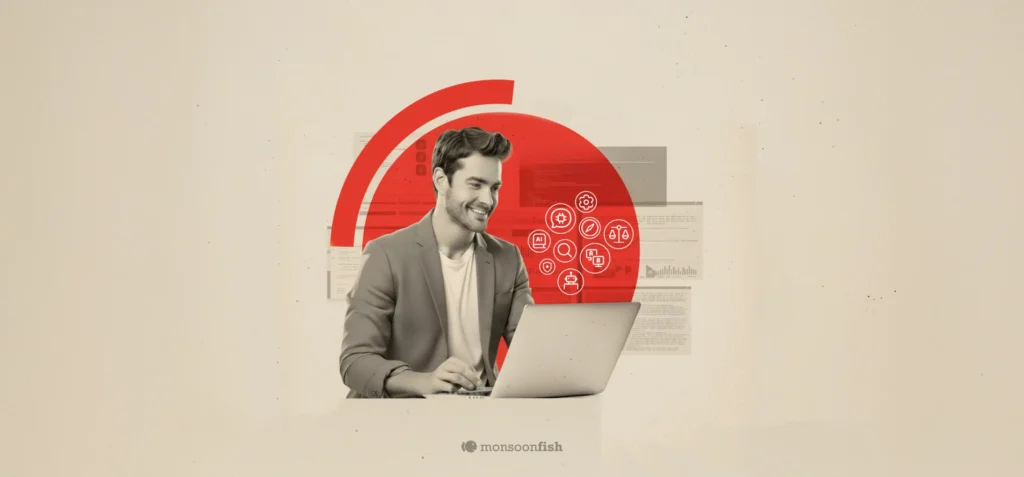Backfire Effect
It prevents individuals from changing their beliefs when challenged by contradictory evidence.
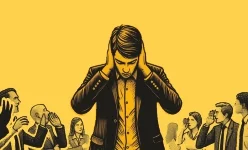
Backfire Effect
Kunal had a ritual. Every time he had an important meeting, he wore his faded blue shirt. He was convinced that this shirt brought him luck—whenever he wore it, deals seemed to go in his favor. His colleagues laughed it off, telling him it was his skills and preparation, not the shirt, that sealed the deals. But Kunal remained firm in his belief and perspective.
One day, his friend Meera decided to test his theory. She secretly noted every meeting where Kunal wore his “lucky” shirt and those where he didn’t. After a few months, she showed him the results: the success rate of his meetings was the same, whether or not he wore the shirt.
Instead of reconsidering his belief, Kunal dismissed the data. “Maybe those times I failed were because I wasn’t wearing it enough,” he argued. “Or maybe I was just having an off day.” Instead of accepting the evidence, he doubled down, now insisting on wearing the shirt for every meeting, no matter how small.
Kunal’s reaction is a classic example of the Backfire Effect—when faced with evidence that contradicts a deeply held belief, instead of changing his mind, he rationalized the outcome to fit his original belief. This cognitive bias makes people resistant to change, even when logic and facts suggest otherwise.
Contents
CATEGORIES
